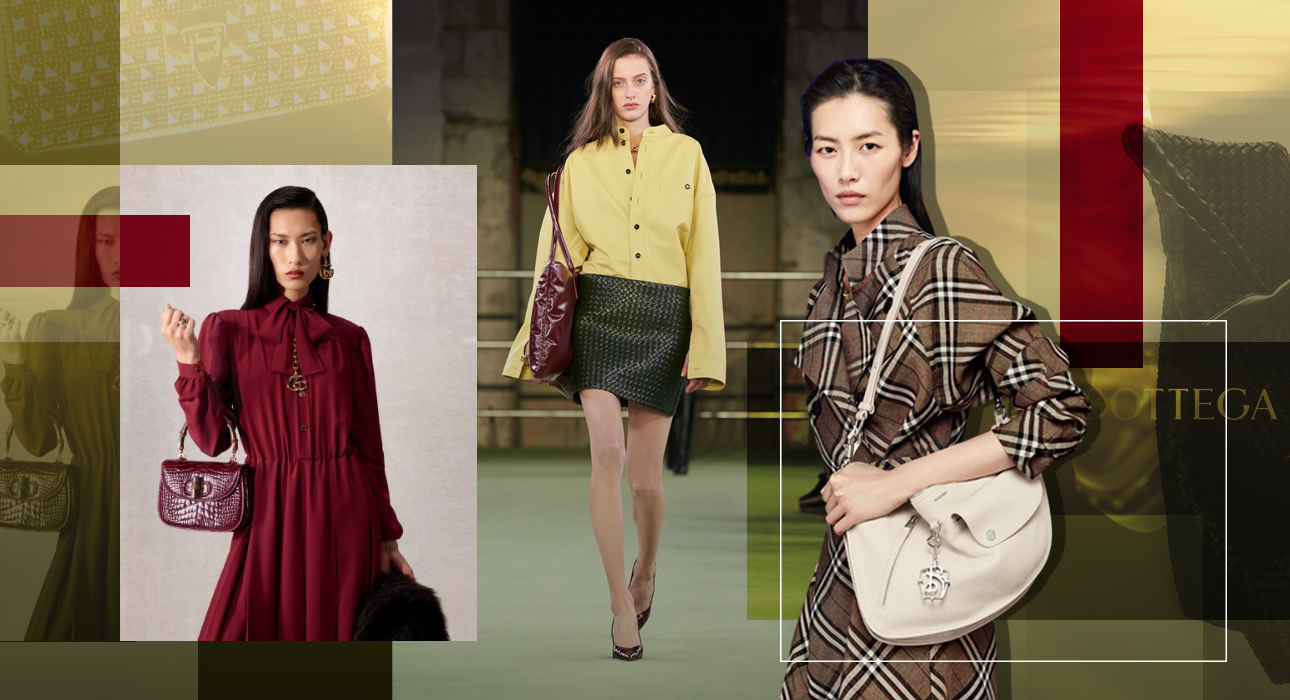It has no logo but its items cannot be confused with others. In the age of a resurgence of flashy branding and logo crazes, some fashion houses have proven that identity can be much stronger without scripts and monograms. Unique materials, shapes, prints and details made them recognizable at first glance. Let’s take a look at which brands have achieved this and how, at the intersection of quiet luxury and logo madness fashion eras.
Bottega Veneta
-
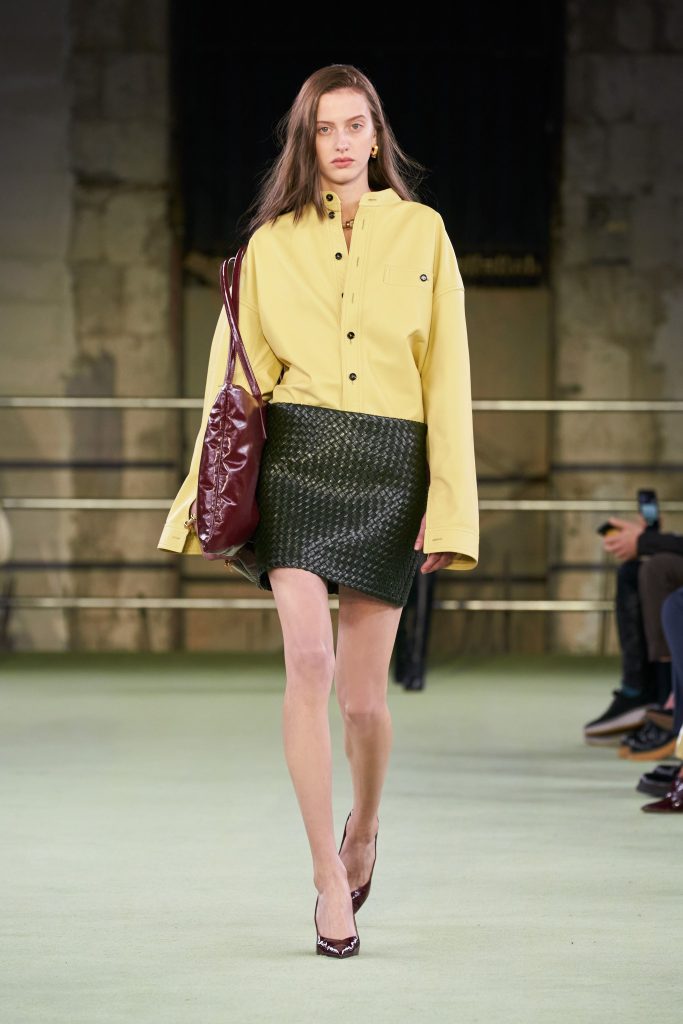
Bottega Veneta Fall 2023 -
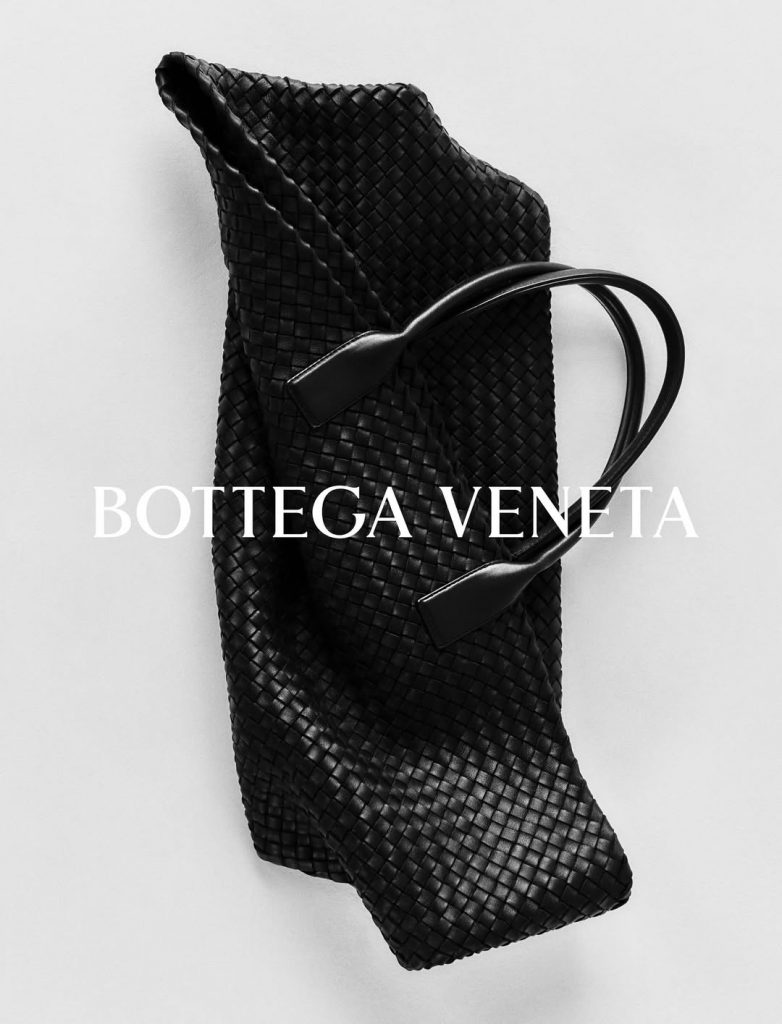
Bottega Veneta Campana Bag 2025 campaign -

Jacob Elordi. Photo: Legion-media
The Intrecciato leather weaving technique originated at Bottega Veneta in the 1970s as a response to the inability to sew thick leathers with factory machines. Designers began hand-weaving thin strips of leather to create soft, durable pieces. In 1975, Intrecciato became the brand’s signature style, replacing the logo and the fashion slogan “When your own initials are enough.” Over time, weaving spread to bags, shoes, accessories and even furniture. Thanks to Jacob Ellordi (and others), Bottega Veneta bags remain some of the most iconic. The brand celebrated the 50th anniversary of Intrecciato in 2025 with a special campaign for the legendary weaving technique.
Valentino
-
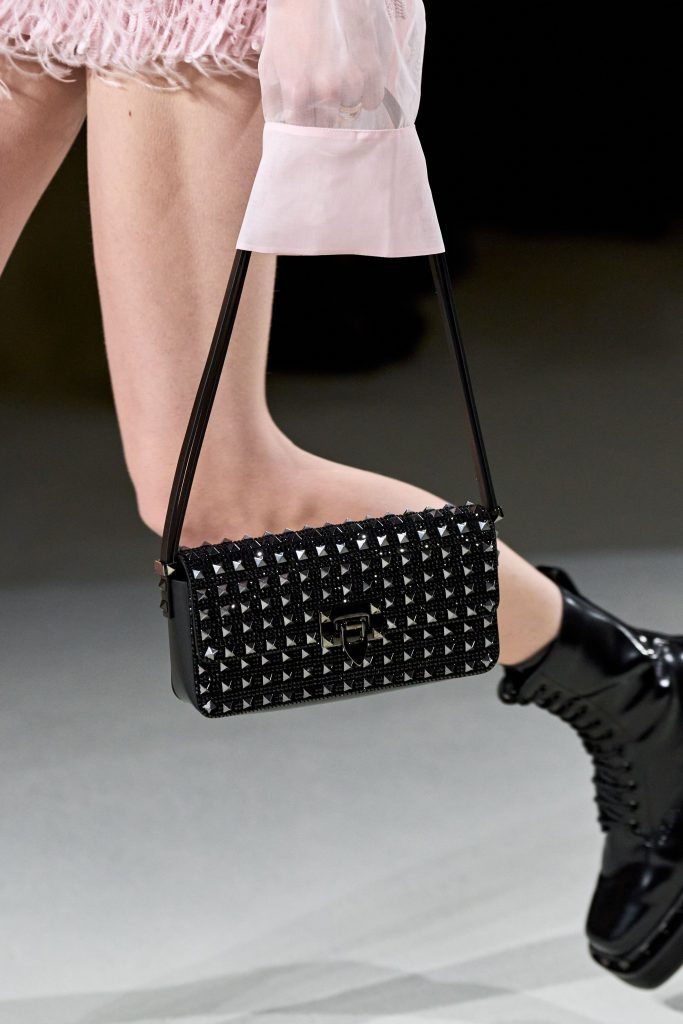
Valentino Fall 2023 -
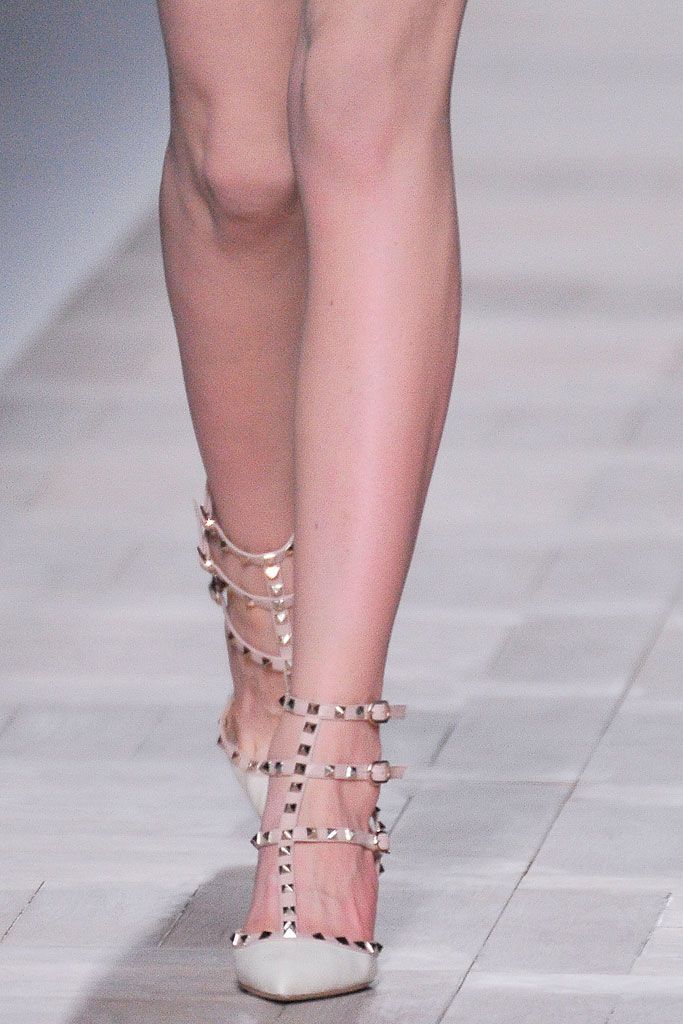
Valentino Fall 2010 -
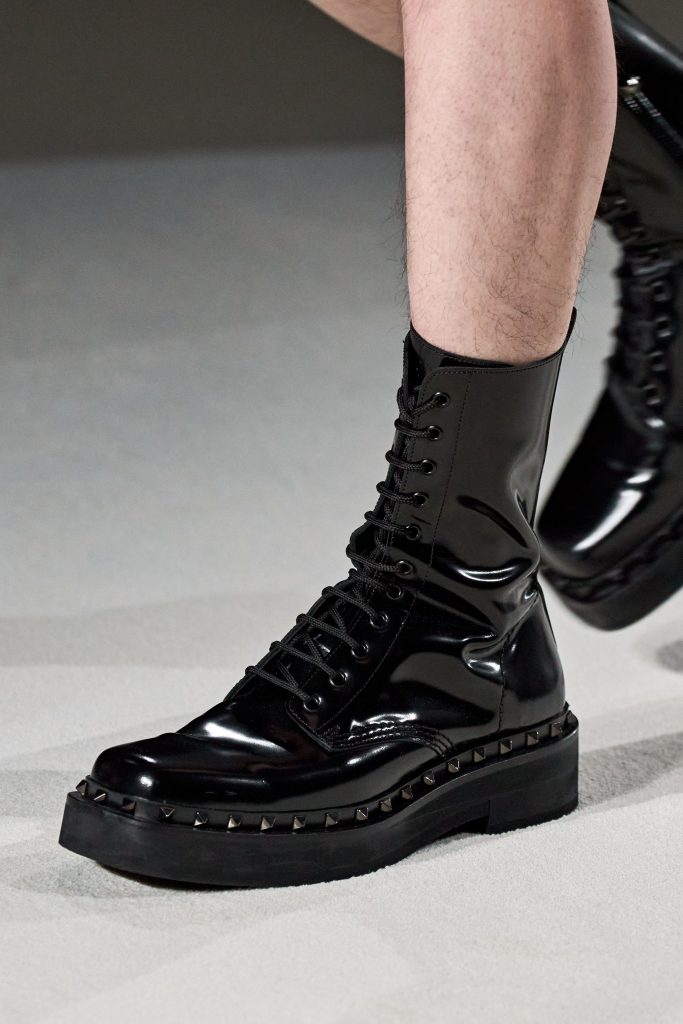
Valentino Fall 2023
In 2010, under the leadership of Maria Grazia Chiuri and Pierpaolo Piccioli, Valentino introduced pyramidal metal studs, which became the signature element of the Rockstud collection. The design debuted in the autumn-winter 2010 collection, giving a bold, almost punk twist to the brand’s classic romanticism. The inspiration was Roman “bugnato” masonry, symbolizing power and eternity. Rivets quickly moved from the catwalks to the mass market; it appeared on shoes, bags and accessories, and later in Gosha Kartsev’s jewelry collection.
Gucci
-
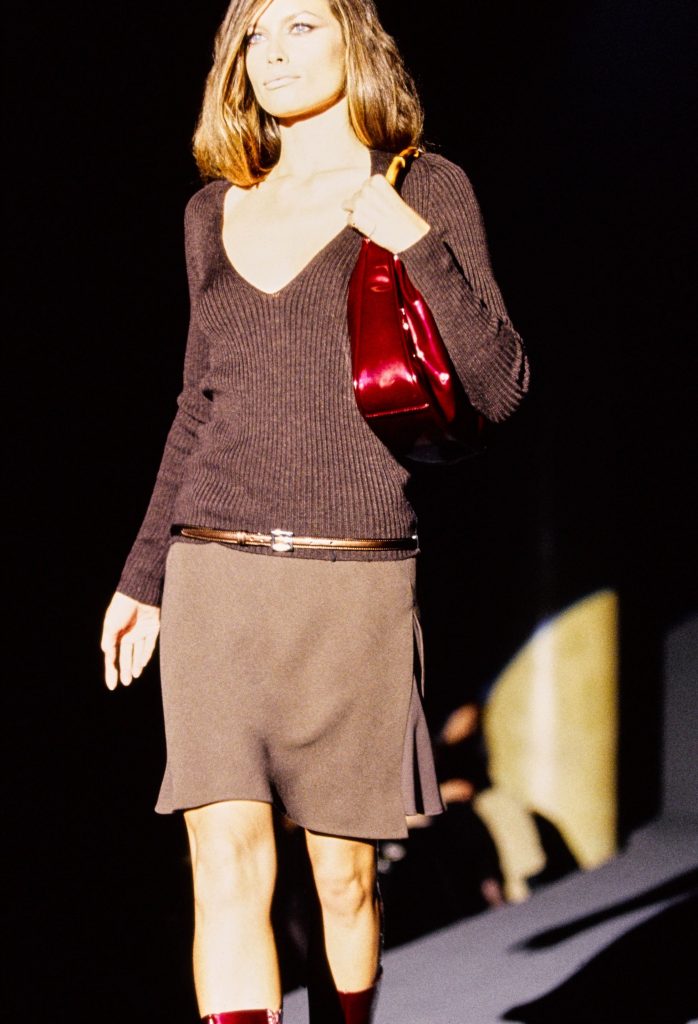
Gucci Fall 1995 -
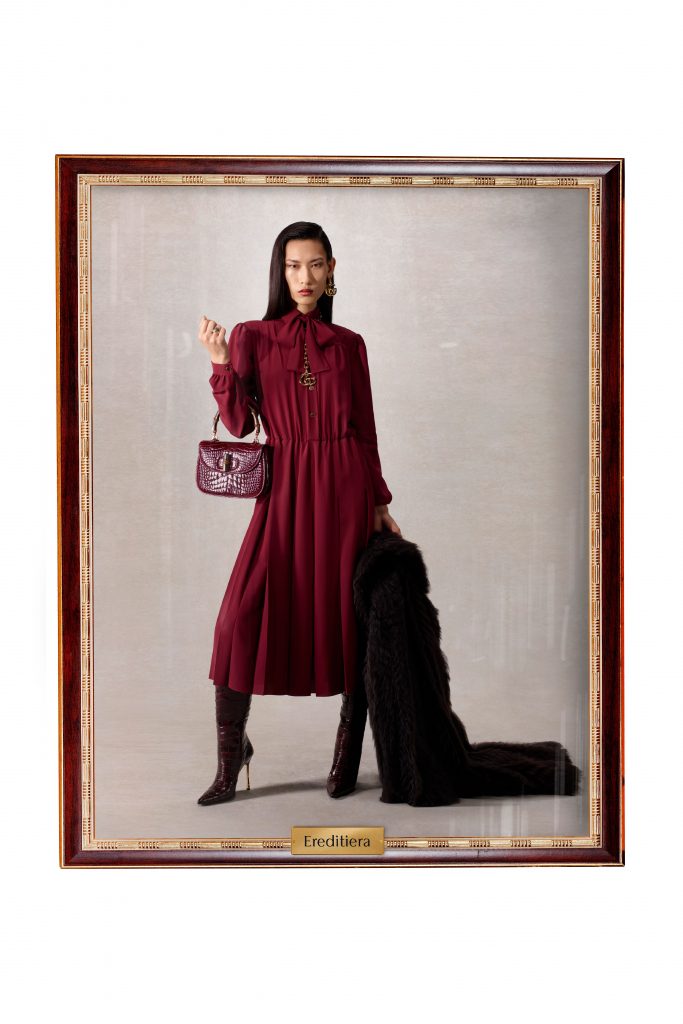
Gucci Spring 2026 -
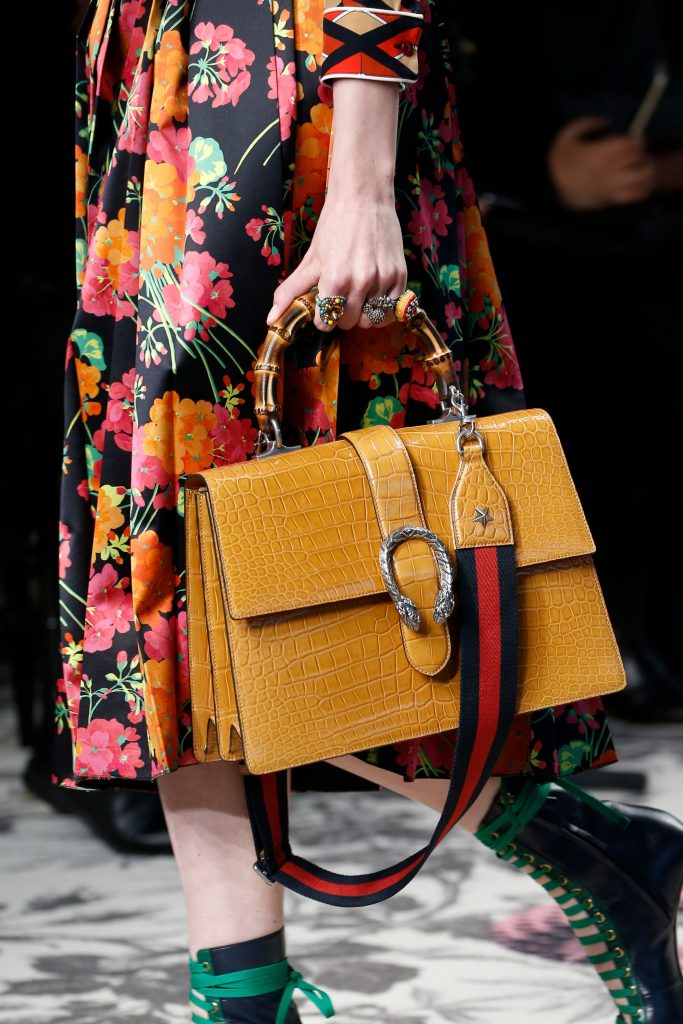
Gucci Spring 2016
The Gucci bamboo handle emerged in 1947 as a response to shortages of the material in post-war Italy. Guccio Gucci, together with Florentine masters, began to create a durable and elegant handle using bamboo that was heated, bent and varnished. The first bag with such an element quickly became an icon, especially after stars such as Ingrid Bergman and Elizabeth Taylor began appearing with it. The bamboo handle became Gucci’s signature symbol, and with Demna’s arrival at the fashion house, it gained new life, and the bags again became one of the most coveted accessories. The pens are handcrafted to this day and continue to be a symbol of the brand’s craftsmanship and heritage.
Alexander McQueen
-

Timothée Chalamet. Photo: Getty Images -
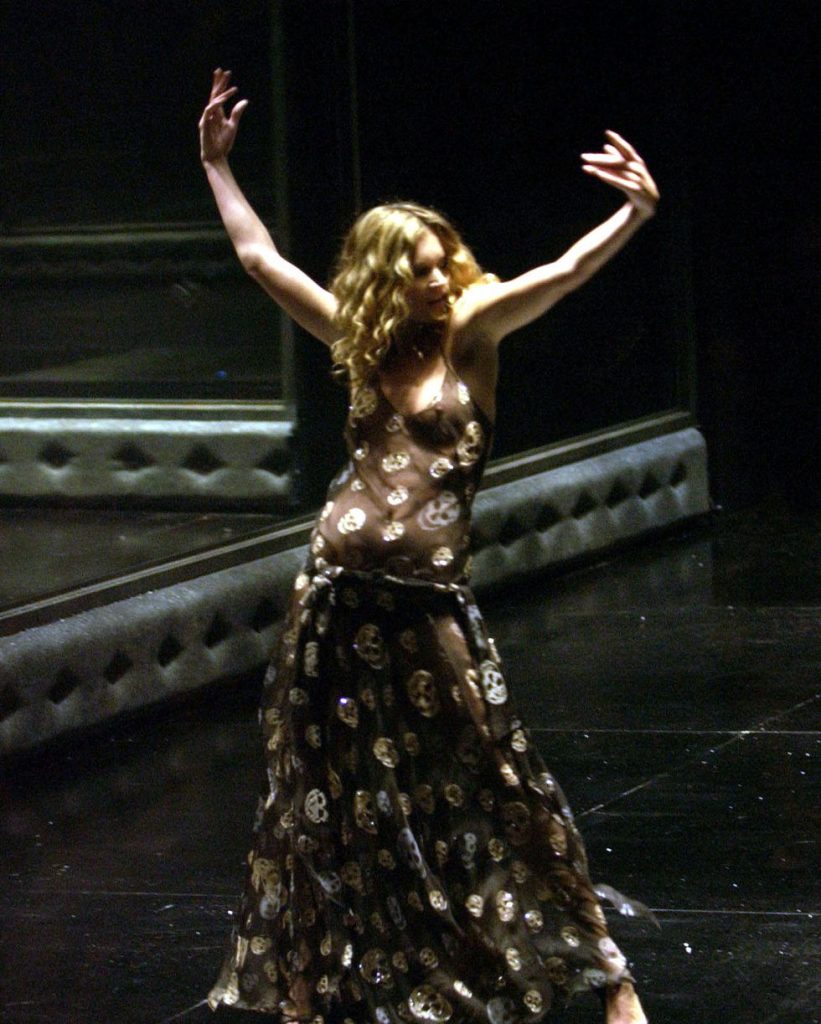
Kate Moss at the Alexander McQueen 2004 show -
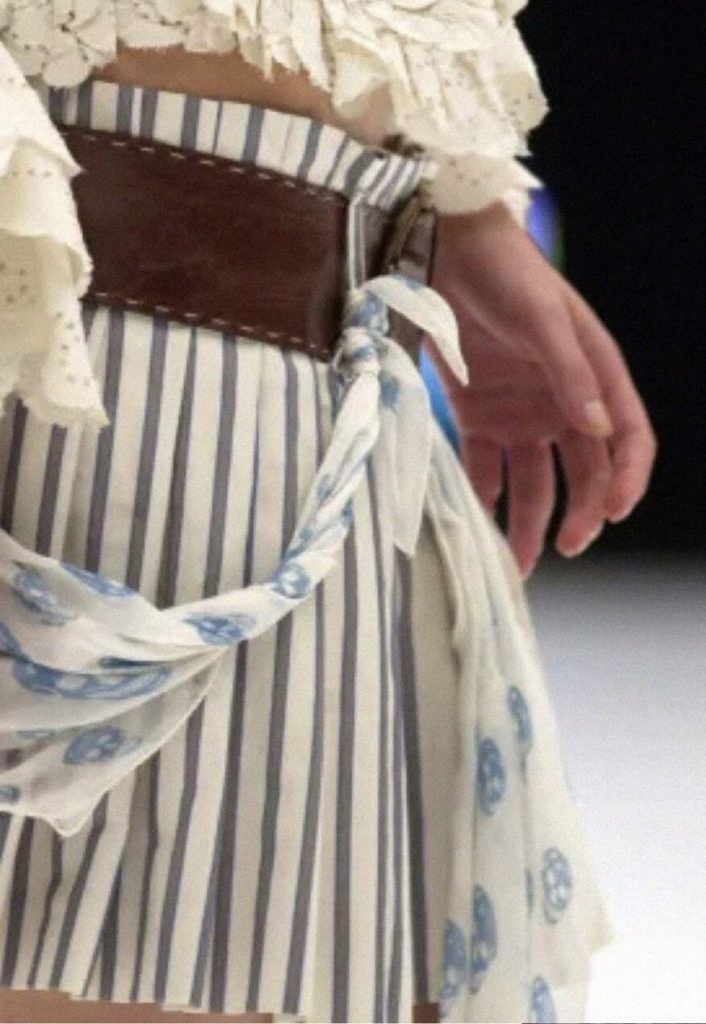
Alexander McQueen 2003
When Alexander McQueen is mentioned, not only the iconic dresses come to mind, but also the iconic skull that has become the symbol of the brand. Its roots lie in the designer’s early works, where the skull served as a reminder of the fragility of life. In 2003, a skull scarf made its debut on the catwalk and quickly became a cult accessory for fashionistas. This element has since spread to bags, shoes and jewelry, becoming part of the brand’s visual code. In 2013, a capsule collection of skull scarves was launched in collaboration with Damien Hirst. The skull combined the aesthetics of dark fashion, art and sophisticated design, which is the essence of Alexander McQueen’s philosophy.
burberry
-

Burberry Spring 2010 -
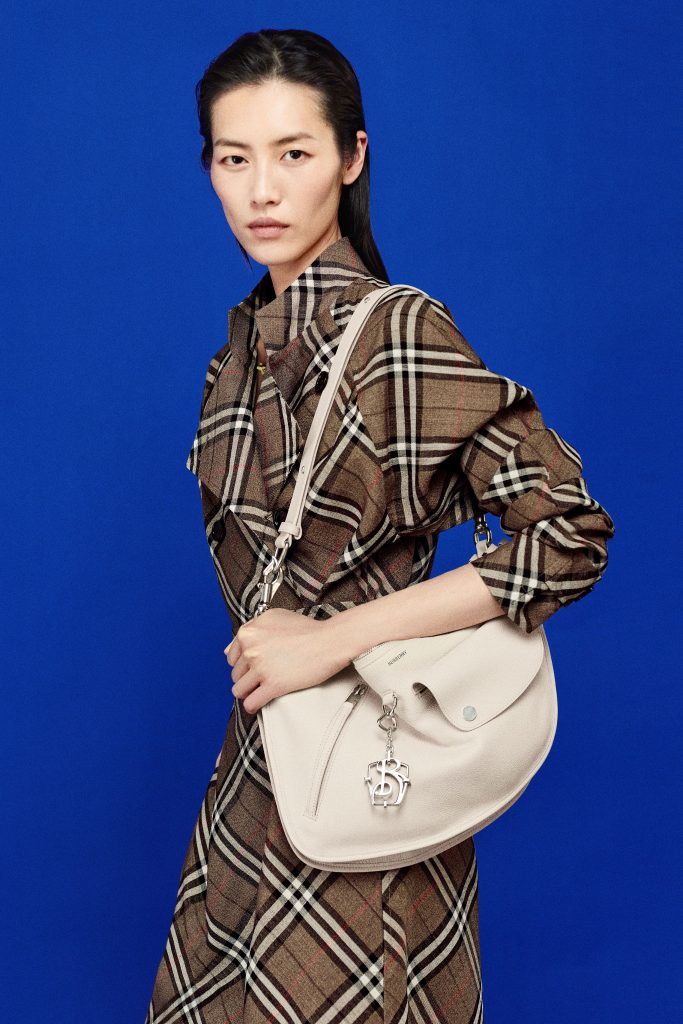
Burberry Holiday Village 2023 -
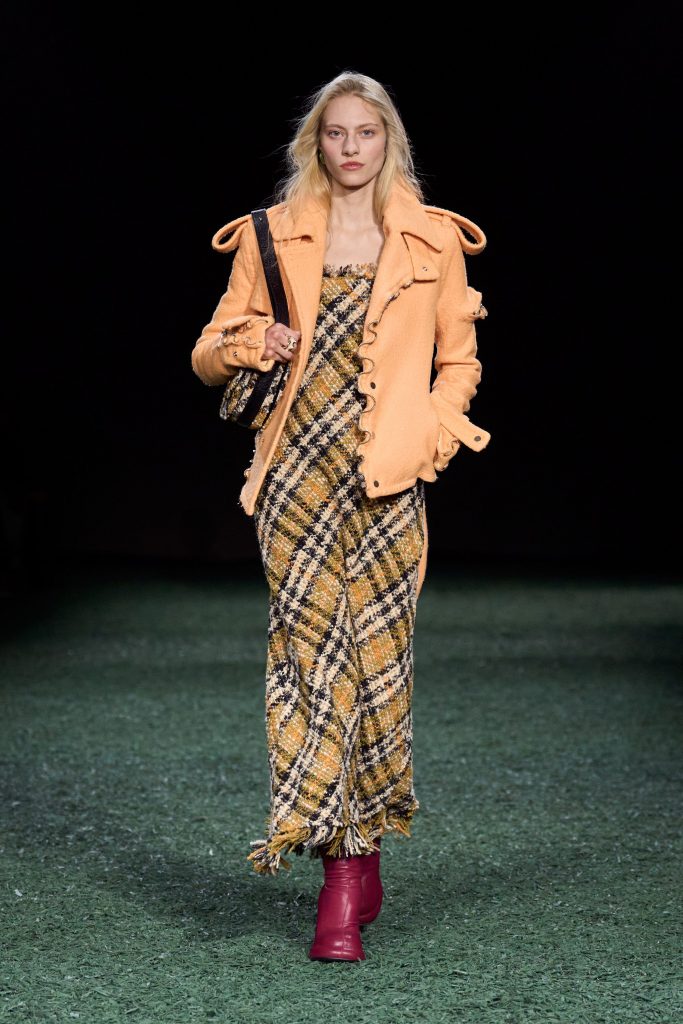
Burberry Fall 2024
Burberry’s signature plaid is one of the most recognizable prints in fashion. It first appeared in the 1920s as the lining of trench coats, inspired by Scottish tartan. In 1967, an employee of the Parisian boutique Burberry used tartan fabric to decorate the display case, wrapping it around suitcases, an umbrella, and other accessories, bringing the pattern “out.” The idea caught on, and the check quickly became part of other products, and later scarves, bags, and clothing. Today, the Burberry plaid is not only a registered trademark of the brand, but also the symbol of autumn looks. And skinny scarves with signature prints are the main item this season among Moscow fashionistas.
Source: People Talk
Elizabeth Cabrera is an author and journalist who writes for The Fashion Vibes. With a talent for staying up-to-date on the latest news and trends, Elizabeth is dedicated to delivering informative and engaging articles that keep readers informed on the latest developments.

